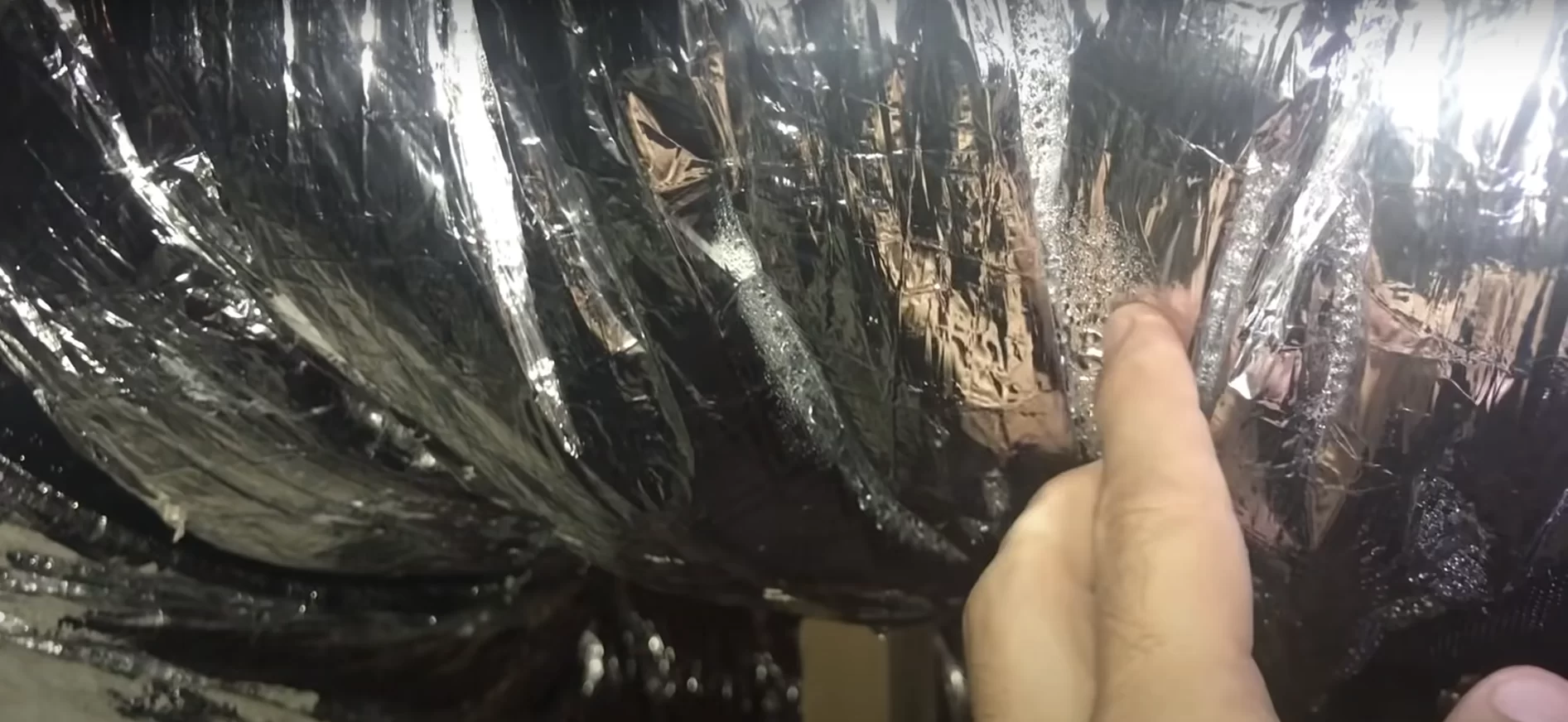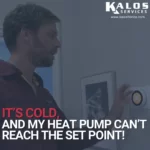If you've ever gone into the attic and seen your ducts covered in water, you aren't alone. The common installation practices and climate in Florida create a perfect set of conditions for condensation (or “sweat”) to form on ducts and air handlers. When designers opt to use building materials that stay cooler in unconditioned spaces, the air near those surfaces can't hold much moisture. Water then comes out of the air and condenses on surfaces.
Science has some convenient explanations as to why that happens. With knowledge of how and why ducts and air handlers sweat, we can take steps to reduce or correct excessive sweating.
HUMIDITY AND THE DEW POINT

Many attics in Florida don't have air conditioning. So, attics often get very hot and humid during the day. The outdoor air is warm enough to contain a lot of moisture, and the air that's floating around in the attic (not near surfaces) is quite similar.
It helps to imagine the air as a cup of tea or coffee. A lot more sugar can dissolve into hot drinks than cold ones; if you mix too much sugar into cold drinks, it'll just settle at the bottom.
Humidity works the same way; colder air can hold less total moisture than hot air. That's why there's a pretty big difference in the total moisture content between 80% relative humidity when it's 55° outside and 80% relative humidity at 95° outside.

There is WAY less absolute moisture in the colder air; that's why cold days with high humidity feel nowhere near as sticky as hot, humid days. When the relative humidity is at 90% on a 55° day, there's much less moisture in the air than when the relative humidity is only 75% at 90°.
When the air reaches 100% relative humidity, it can't hold any more moisture; some of the moisture will have to come out. So, that moisture condenses in the form of dew. The temperature at which the relative humidity reaches 100% is called the “dew point.”
Dew or “sweat” starts to form on surfaces at or below the dew point temperature. In September 2021, the maximum dew point was 77°, and it often gets cooler than that at night. (The roof decking also absorbs heat from the attic and rejects it to the outdoors at night, further cooling the attic.) So, when all of the moisture from 85°+ air accumulates during the day, it may sweat all over the attic at night. Not to mention, when the A/C runs during the day, cool air moves through the duct. If the dew point is 70°+, then air moving through the ducts is likely a lot colder than that, even if it's merely maintaining a 75° setpoint.
That doesn't even address condensation on cool, reflective surfaces of the ductwork.
EMISSIVITY
A lot of the heat that gets into our attics gets there via radiation. The sun beats down on the roof decking, which provides a supply of radiant heat. That heat then gets absorbed through the roof decking. From there, it gets into our attics.
The roof decking is dark and opaque, meaning that it absorbs over 80% of the sun's heat instead of reflecting it. Objects that absorb a lot of heat also tend to emit a lot of heat. However, we often have silver flex ducts in our attics, which are very reflective and emit very little heat. Reflective surfaces stay cooler because they absorb less than 20% of the sun's heat. By extension, the air that is near those surfaces stays cooler. That's why many people use reflective sunshades on their windshields when they park their cars.
It is, however, worth noting that no material can reflect or absorb 100% of radiant heat; materials and objects that can do so are merely theoretical.
Radiant barriers are examples of highly reflective materials. Some Florida homes have large sheets of foil-like material beneath the roof decking; those sheets reflect heat absorbed and emitted by the roof decking back towards the roof. Everything beneath the radiant barrier stays cooler, but sweating is much more likely to happen due to the lower attic AND surface temperatures.
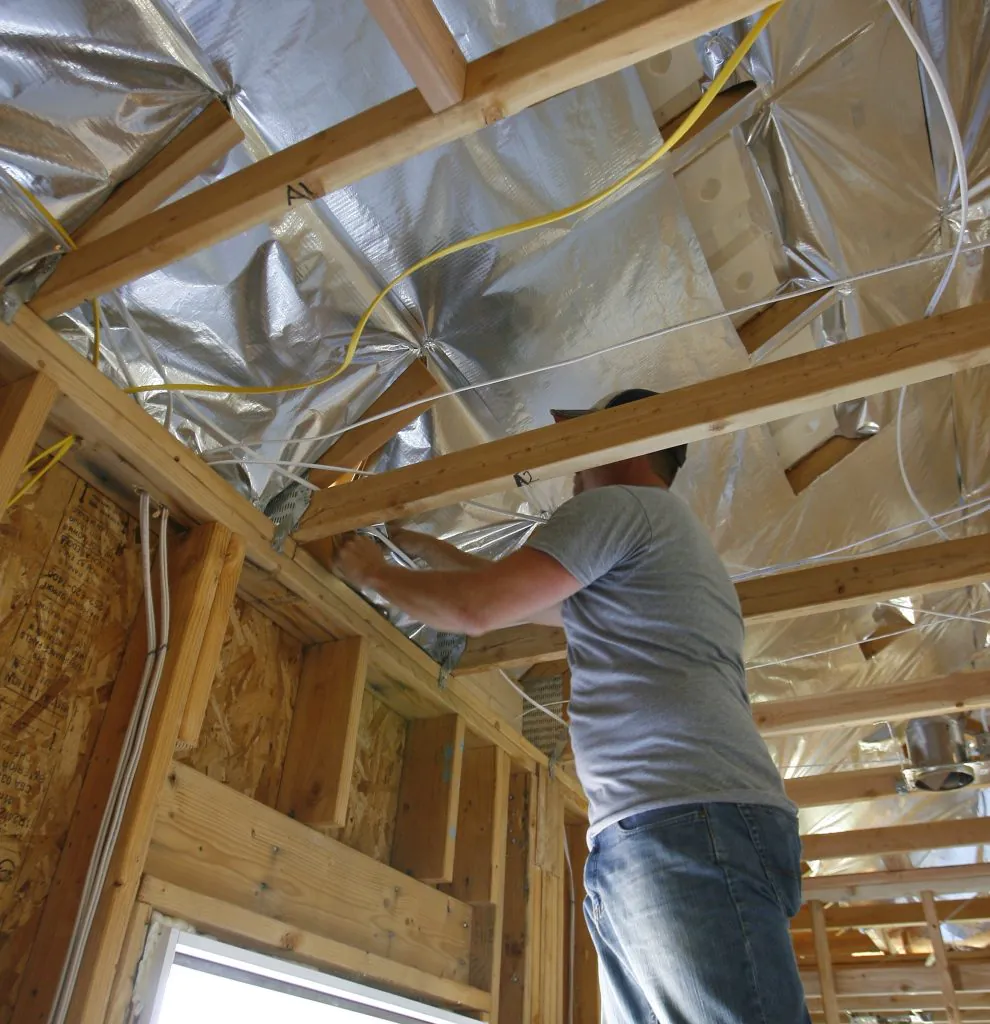
Materials that absorb heat stay hotter and are less likely to have condensation on their surfaces. For example, some designers use black flex duct, which sweats a LOT less than silver flex. Unfortunately, the heat absorbed and emitted by the black ductwork also makes its way into the air within the ducts. So, the air that comes out of the vents will be hotter.
HOW DO WE CONTROL DUCT AND AIR HANDLER SWEATING?
So, we've determined that duct sweating occurs due to humidity and surface temperature, which is controlled by the emissivity of materials. To control sweat on ducts and air handlers, we have to target either humidity or surface temperature.
Using black flex ductwork is one example of manipulating emissivity to reduce duct sweating. However, black flex ductwork is often less durable than silver flex ductwork and results in hotter air coming out of the vents. We can also manipulate the emissivity by removing an existing radiant barrier. Higher fan speeds can also cause the duct surfaces to be warmer. On the other hand, higher fan speeds are less effective at maintaining lower relative humidity than lower fan speeds.
It might, however, be more prudent to control humidity in the attic. We can start by focusing on ventilating or sealing the attic.
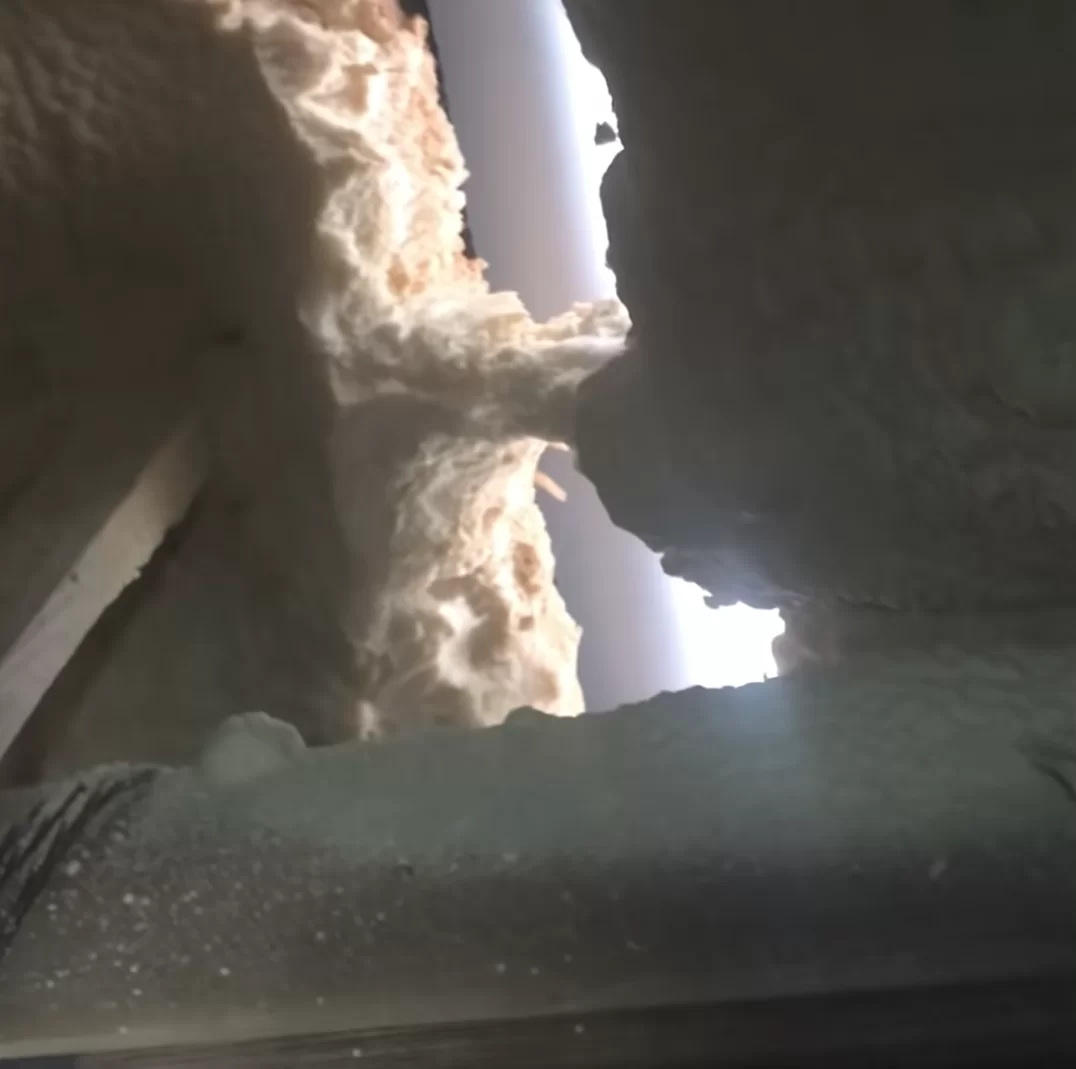
We often see cases like the image above. There will be holes in the foam of the attic (sometimes called “Icynene” after one of the brand names). Those holes ventilate the attic and allow moisture to come in, and the case above is a poor design. Done right, ventilation can allow heat to move in and warm up the surfaces of ducts and units. However, if you have a well-ventilated attic, you'd be at the mercy of the often-high outdoor dew points.
Sealing the attic by itself is not a great move, as moisture can seep in through cracks and won't be able to get out easily. However, sealing the attic is a good solution when a dehumidifier is also added to control the moisture in the space. The dehumidistat shown below indicates that the attic is maintaining 40% relative humidity, which is great for an attic. It's also maintaining an attic temperature of 71°. In that case, we sealed the holes that had been made for ventilation and turned the attic into an airtight conditioned space.
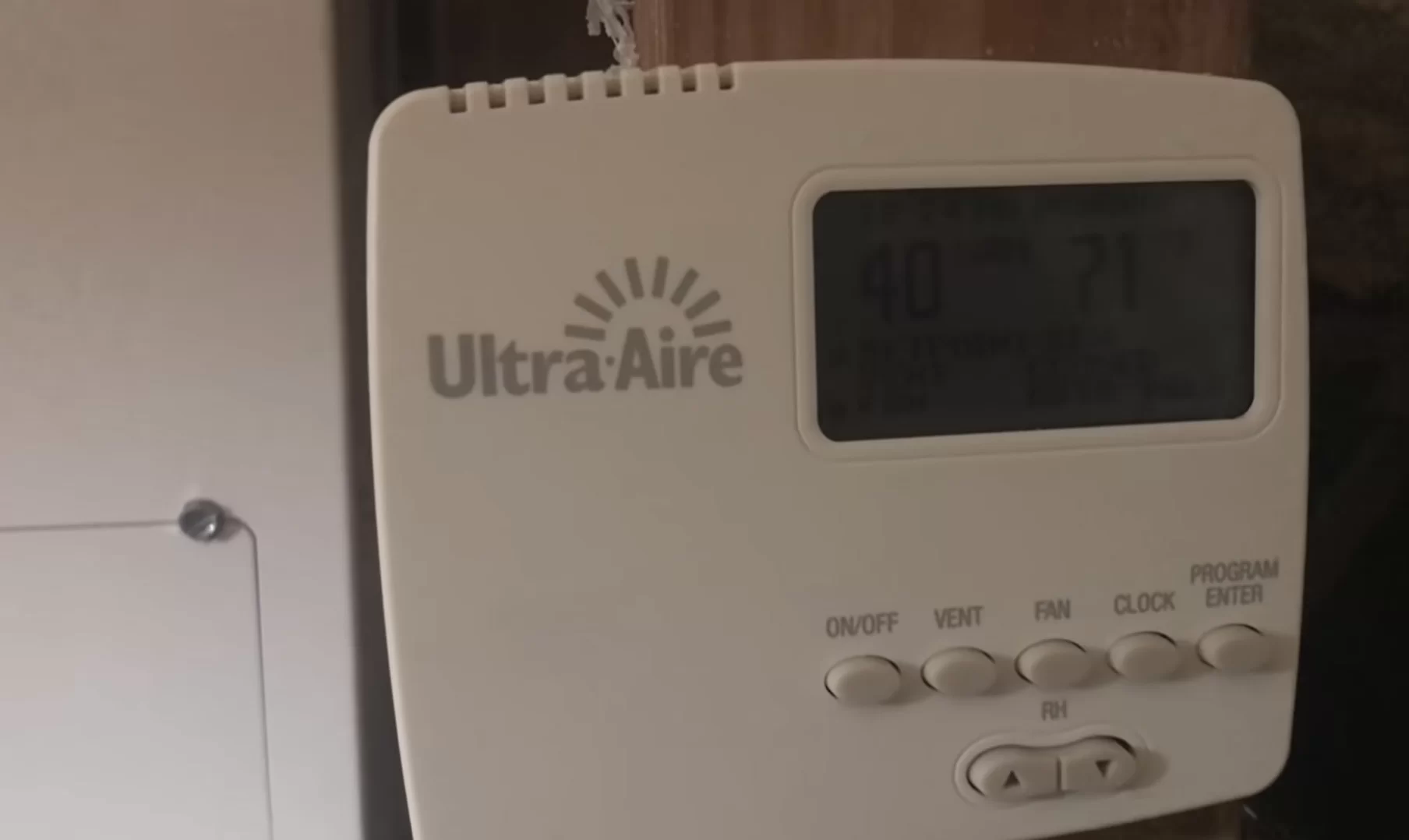
Now, running a dehumidifier will raise your power bill, but it will keep your air handler, ducts, and vents from sweating. Unfortunately, many solutions that reduce power bills, including radiant barriers, can actually have a negative effect on indoor health and comfort. However, a well-trained HVAC professional can help you come up with a solution that aligns with your priorities.
So, if you have ducts or an A/C system in your attic, you may want to check to see if there's sweat all over them. If so, that excess moisture creates an environment where fungal growth can thrive. That's not good for your attic or your indoor air quality.
However, solving the problem of a sweaty attic is pretty straightforward with the right equipment and a good understanding of how humidity, dew point, and emissivity all work together. We teach our technicians the scientific fundamentals behind the work they do and explain why solutions work; our techs are well equipped to handle sweaty ducts, vents, and air handlers in attics and crawl spaces.

